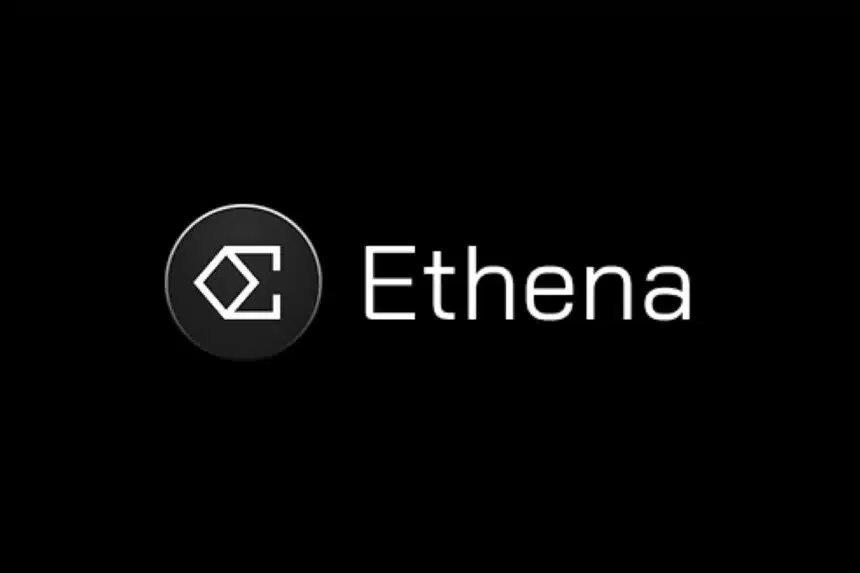|
Getting your Trinity Audio player ready...
|
The recent Polkadot 2.0 upgrade, featuring Agile Coretime, has become a pivotal development, driving a notable market reaction for Polkadot (DOT). With an 8% price surge following the update, the blockchain network is capturing renewed interest from developers and investors. The Agile Coretime feature promises to enhance Polkadot’s performance, capacity, and usability, positioning the network as a more attractive option in the evolving blockchain ecosystem.
DOT Price Rally And Market Sentiment
Agile Coretime’s introduction has sparked optimism among investors, as DOT prices climbed by 8.15% to reach $4.34. According to technical indicators like the Moving Average Convergence Divergence (MACD), Polkadot may be nearing a potential bottom, while the Chaikin Money Flow (CMF) points to increasing buying pressure—signs of growing accumulation in the market.
Institutional and retail investors alike are taking note, with a possible continued bullish trend on the horizon as the broader market stabilizes. Currently, Polkadot is trading at $4.24, reflecting a modest 0.75% increase in the past 24 hours and a 1.51% rise over the past week, according to CoinMarketCap.
Agile Coretime – A Game-Changer for Polkadot
Agile Coretime is a critical piece of Polkadot’s 2.0 roadmap, promising to overhaul the network’s resource management system. Unlike the previous auction-based model, which required projects to bid on two-year blockspace leases, Agile Coretime dynamically allocates resources based on real-time network demand. This shift not only reduces costs but also introduces a flexible framework, enabling developers to acquire blockspace as needed.
Polkadot’s recent tweet outlining the 2.0 upgrade emphasizes three key benefits of Agile Coretime:
- Increased Flexibility and Scalability
- Lower Barriers to Entry for Builders
- Predictable Costs
These changes make Polkadot more developer-friendly and scalable, addressing previous concerns over congestion during peak times and resource wastage during low-traffic periods.
Agile Coretime also complements other Polkadot 2.0 features, such as Asynchronous Backing and Elastic Scaling, which aim to further enhance network performance and capacity.
Developer Benefits – Flexibility and Cost Efficiency
For developers, Agile Coretime offers significant advantages, making Polkadot a more appealing platform for blockchain projects of all sizes. By eliminating the need to commit large amounts of DOT for extended leases, the upgrade allows developers to buy blockspace on demand, thus opening the network to a broader range of projects.
Derek Yoo, CEO of Moonsong Labs, notes that Agile Coretime strikes a balance between scalability and cost. Smaller developers can now start projects with minimal resources and scale up as needed, while larger ventures can secure the resources required for stable performance without the excessive costs of traditional leasing models.
The Agile Coretime upgrade marks a significant milestone in Polkadot’s evolution, enhancing the network’s usability, flexibility, and developer appeal. As the DOT market reacts positively, and developers flock to take advantage of the improved resource allocation system, Polkadot seems poised to continue its upward trajectory. With more innovations in the pipeline, Polkadot 2.0 could potentially secure its place as a leading blockchain platform, reshaping the future of decentralized applications.
Disclaimer: The information in this article is for general purposes only and does not constitute financial advice. The author’s views are personal and may not reflect the views of Chain Affairs. Before making any investment decisions, you should always conduct your own research. Chain Affairs is not responsible for any financial losses.
I’m a crypto enthusiast with a background in finance. I’m fascinated by the potential of crypto to disrupt traditional financial systems. I’m always on the lookout for new and innovative projects in the space. I believe that crypto has the potential to create a more equitable and inclusive financial system.




